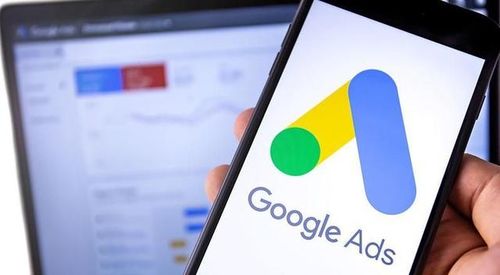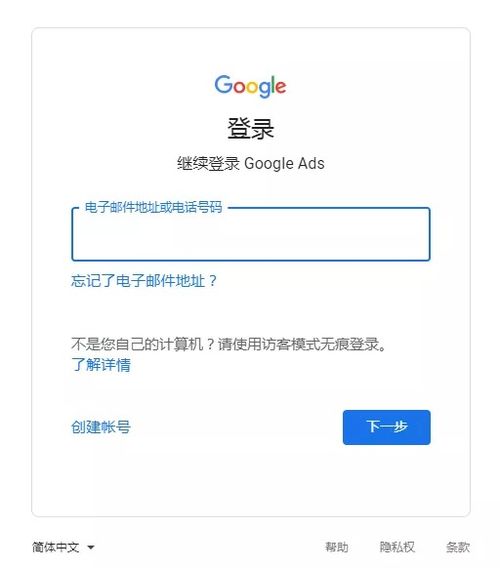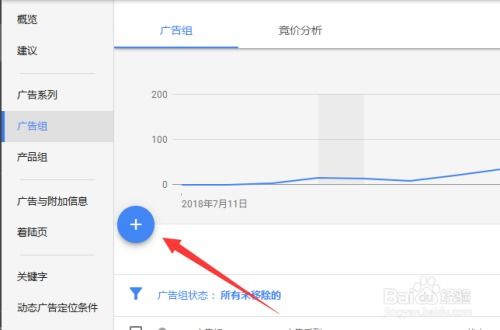Understanding Google Ads New Account Setup

Welcome to the world of Google Ads, where your business can reach new heights through targeted advertising. If you’re new to the platform, setting up a Google Ads account is a crucial first step. Let’s dive into the details to ensure you get the most out of your new account.
Creating Your Account

When you visit the Google Ads website, you’ll be prompted to create an account. Here’s a step-by-step guide to help you through the process:
- Enter your email address and choose a password.
- Verify your email by clicking on the link sent to your inbox.
- Select your business type and industry.
- Enter your business information, including your address and phone number.
- Choose your payment method and set up your billing information.
Setting Up Your Campaigns

Once your account is created, it’s time to start setting up your campaigns. Here’s what you need to know:
- Objectives: Determine what you want to achieve with your campaigns, whether it’s increasing brand awareness, generating leads, or driving sales.
- Budget: Decide on a budget that aligns with your marketing goals. You can set a daily or monthly budget.
- Targeting: Define your target audience based on factors like location, age, gender, interests, and more.
- Ad Groups: Create ad groups that are relevant to your campaign objectives. Group your keywords and ads together to ensure they’re targeted effectively.
- Ads: Craft compelling ad copy that resonates with your target audience. Include a strong call-to-action (CTA) to encourage clicks.
Understanding the Google Ads Interface
The Google Ads interface is designed to be user-friendly, but it’s important to familiarize yourself with its key components:
- Dashboard: Provides an overview of your account performance, including metrics like clicks, impressions, and conversions.
- Campaigns: Lists all your active campaigns, allowing you to manage and optimize them.
- Ad Groups: Organizes your keywords and ads into groups for better targeting and management.
- Keywords: Lists the keywords associated with your campaigns, helping you understand which terms are driving traffic.
- Ads: Displays your ad copy and performance metrics, allowing you to make adjustments as needed.
Optimizing Your Campaigns
Once your campaigns are live, it’s important to monitor their performance and make adjustments as needed. Here are some tips for optimizing your campaigns:
- Use the Search Terms Report: This report shows the actual search terms that triggered your ads, allowing you to add or exclude keywords based on their performance.
- Adjust Your Budget: If certain campaigns or ad groups are performing well, consider increasing their budget to capitalize on their success.
- Split Test Your Ads: Create multiple versions of your ads and test them against each other to determine which performs best.
- Optimize for Mobile: Ensure your ads and landing pages are mobile-friendly, as a significant portion of users access the internet via mobile devices.
Using Google Ads Tools
Google Ads offers a variety of tools to help you manage and optimize your campaigns:
- Google Ads Editor: A desktop application that allows you to manage your campaigns offline and make bulk changes.
- Google Ads Mobile App: Provides on-the-go access to your account, allowing you to make adjustments and monitor performance.
- Google Analytics: Integrates with your Google Ads account to provide insights into website traffic and user behavior.
- Google Ads Smart Bidding: Uses machine learning to automatically adjust your bids to maximize conversions.
Conclusion
Setting up a Google Ads account is just the beginning of your journey into the world of online advertising. By following these tips and continuously optimizing your campaigns, you can drive targeted traffic to your website and achieve your marketing goals. Happy advertising!


